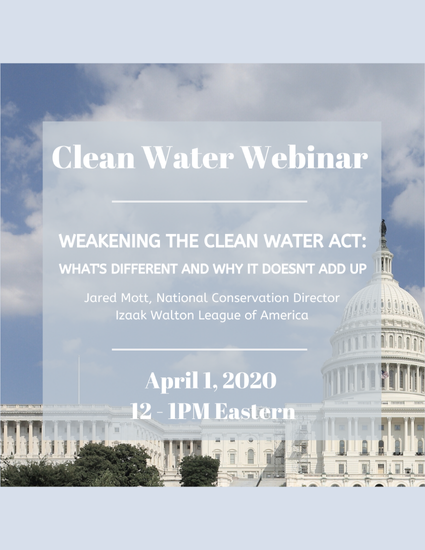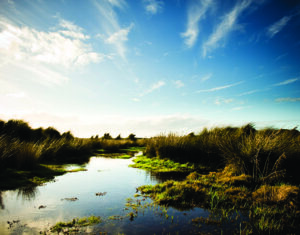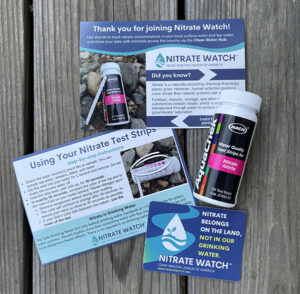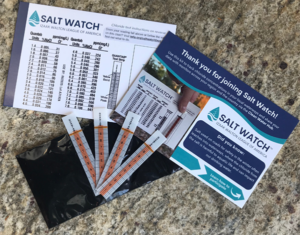Weakening the Clean Water Act: What’s Different and Why It Doesn’t Add Up (Webinar)

When the Clean Water Act (CWA) was passed in 1972, it marked a fundamental shift in how our country viewed its waterways and the environment. Instead of ignoring our effect on the health of our water, citizens, states, and the entire country now had a responsibility to clean up and protect water quality across the nation.
In January of 2020, the Environmental Protection Agency enacted a new regulation that will have significant and detrimental repercussions for water quality. A new definition of waterways that are protected under the CWA, the so-called Waters of the United States (WOTUS), altered and removed protections from important freshwater sources including isolated wetlands and ephemeral streams.
Jared Mott, National Conservation Director, led the Izaak Walton League’s effort to block this new rule. Now that the new WOTUS regulation is official, it is more important than ever that private citizens and landowners learn about the history of this rule and what it means for America’s waterways. In this webinar, Jared walks us through the scientific and legislative background of WOTUS and why it doesn’t make sense for protecting water.

 Your kit will include a bottle containing 25 nitrate test strips which you can use to test your water source(s) throughout the year. You’ll also receive postcards explaining how to use your nitrate test strips and how to share your Nitrate Watch results on the Clean Water Hub.
Your kit will include a bottle containing 25 nitrate test strips which you can use to test your water source(s) throughout the year. You’ll also receive postcards explaining how to use your nitrate test strips and how to share your Nitrate Watch results on the Clean Water Hub. Your kit will include four test strips so you can test your waterway throughout the season. You’ll also receive a chart to help you interpret your results and a postcard with instructions for completing a Salt Watch test and reporting your findings.
Your kit will include four test strips so you can test your waterway throughout the season. You’ll also receive a chart to help you interpret your results and a postcard with instructions for completing a Salt Watch test and reporting your findings.